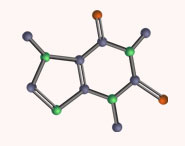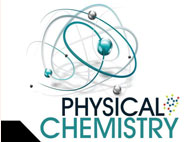


 علم الكيمياء
علم الكيمياء 
 الكيمياء التحليلية
الكيمياء التحليلية 
 الكيمياء الحياتية
الكيمياء الحياتية 
 الكيمياء العضوية
الكيمياء العضوية 
 الكيمياء الفيزيائية
الكيمياء الفيزيائية
 الكيمياء اللاعضوية
الكيمياء اللاعضوية 
 مواضيع اخرى في الكيمياء
مواضيع اخرى في الكيمياء
 الكيمياء الصناعية
الكيمياء الصناعية |
أقرأ أيضاً
التاريخ: 21-12-2021
التاريخ: 2025-01-06
التاريخ: 2-10-2018
التاريخ: 12-7-2018
|
C=C double bonds can be reduced using hydrogen gas and a metal catalyst (usually nickel or palladium) to produce fully saturated alkanes. This process is called hydrogenation and it is exothermic (that is, energy is released) since a thermodynamically more stable product, an alkane, is produced. When cis-cyclooctene is hydrogenated to cyclooctane, 96 kJ mol−1 of energy is released. Cyclooctatetraene releases 410 kJ mol−1 on hydrogenation. This value is approximately four times one double bond’s worth, as we might expect. However, whereas the heat of hydrogenation for cyclohexene is 120 kJ mol−1, on hydrogenating benzene only 208 kJ mol−1 is given out, which is much less than the 360 kJ mol−1 that we would have predicted by multiplying the figure for cyclohexene by 3. Benzene has something to make it stable which cycloctatetraene does not have.



|
|
|
|
مقاومة الأنسولين.. أعراض خفية ومضاعفات خطيرة
|
|
|
|
|
|
|
أمل جديد في علاج ألزهايمر.. اكتشاف إنزيم جديد يساهم في التدهور المعرفي ؟
|
|
|
|
|
|
|
العتبة العباسية المقدسة تجري القرعة الخاصة بأداء مناسك الحج لمنتسبيها
|
|
|